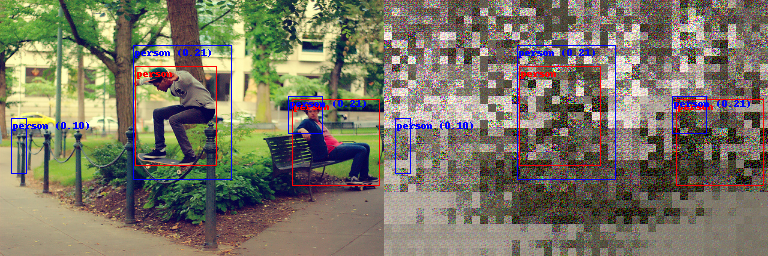How Did Artificial Intelligence Learn on DOOH?
DOOH - Digital Out Of Home, or digital outdoor advertising. For analyzing, reporting, and maximizing the precise use of screen capabilities in our MORE network - we use the innovative ARA system.
ARA collects and analyzes data, which forms the basis for predicting ad audiences. Thanks to ARA, we know not only the direction of people moving near the screens but also their profile.
But attention!
This absolutely does not mean that we collect and store your image or personal data. The system guarantees privacy to ad viewers. The data it aggregates and presents is anonymized and compliant with the law (the use of this technology complies with personal data protection regulations - GDPR).
Artificial Intelligence on DOOH?
Our goal is to help you achieve your objectives by optimizing your budget and maximizing the effect of communication. Algorithms, systems, applications, and all technological innovations serve us only as tools. AI optimizes advertising campaigns using machine learning and predictive algorithms to select the best locations, time, and budget for each ad. This significantly improves the effectiveness and attractiveness of advertising messages.
By analyzing audience data such as age and gender - the ad is better tailored in content and form to needs and interests. It reacts in real-time to changes in conditions such as weather, time, or street traffic. It's also possible to optimize it instantly by processing and collecting information about attention, viewership, and even the reactions of the audience.
Artificial intelligence is also a hot topic in public discussions. Platforms like ChatGPT, based on large language models (LLM), are gaining a lot of interest. They power our digital chats, understand our convoluted phrases, and even write like we do. They can significantly systematize and facilitate work. This incredibly “human” approach raises concerns among employees about their professional future. Will artificial intelligence replace me?
AI is certainly a great facilitator today, whether in answering questions, generating various texts, or computer code. However, it's not perfect. A well-known problem - challenge is the so-called system hallucination. This means generating or weaving in dubious or even false information.
What causes such behavior?
LLM models are structurally limited. The prompts and suggestions (prompts) from the users themselves are also crucial.
ARA models have been developed and researched in terms of answer verification methods in the form of iterative querying algorithms and model verification with an LLM module in the information processing loop. An extremely important feature is interpretability. This is currently a key area of research. Increasing interpretability not only helps in problem-solving and model improvement but also increases the transparency of artificial intelligence systems.
How Did Artificial Intelligence Learn on DOOH?
Research was necessary for this technology to function properly. For this purpose, a team of scientists from the AGH University of Science and Technology in Krakow developed a database and conducted experiments in detecting mid-level vision tokens. This included images, video sequences that contained engaged volunteers in various poses and facial expressions, as well as in various arranged situations. The focus was on at least 3 types of facial expressions (positive-neutral-negative). In the study, it was also important for the technology to determine types of actions: walking, standing, running, moving hands.
An example image that was submitted to the database and how ARA technology sees it:

In addition to deep neural networks, vision transformer architectures were developed. Obtained through the attention mechanism, enabling the finding of correlations between observed objects.
We Respect your Privacy
Image encoding is certainly a significant technological advantage over existing solutions. The processing of our environmental data takes place exclusively in encoded space. This way, an observer has no possibility of interpreting the image - artificial intelligence does it for them, aggregating data from the environment, destroying the image in real-time, without the possibility of seeing it at any stage of operation.
Artificial intelligence on DOOH provides greater effectiveness and satisfaction for both advertisers and viewers. AI helps us create more engaging, personalized, and intelligent ads that will be better tailored to the context and expectations of viewers.
